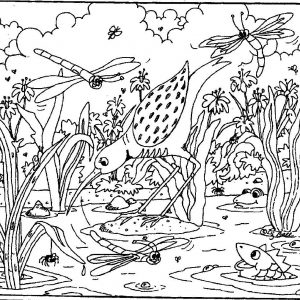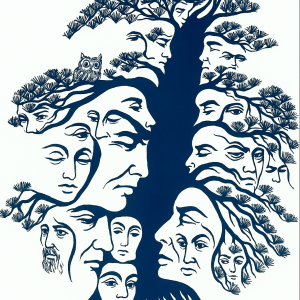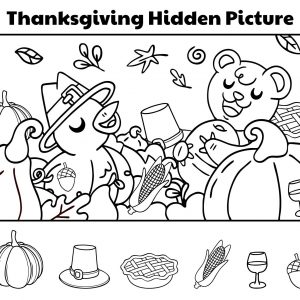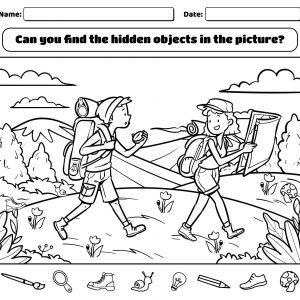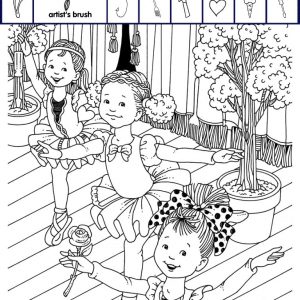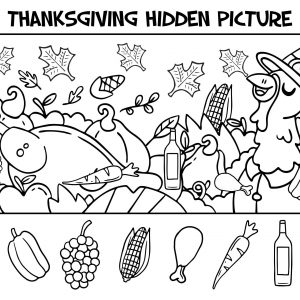Back to School Fun: Discovering Hidden Surprises in a Classroom Puzzle
The start of a new school year always brings excitement, fresh energy, and a little bit of nervousness. In the lively illustration above, we see a classroom full of cheerful porcupine students eager to learn. The blackboard welcomes everyone with a big “It’s Back to School Time!” message, while desks are scattered with books, lunchboxes, and playful details. At first glance, it looks like an ordinary classroom scene—but just like the first day of school, there’s more happening than you might expect. Hidden within the picture are fun surprises waiting to be discovered.
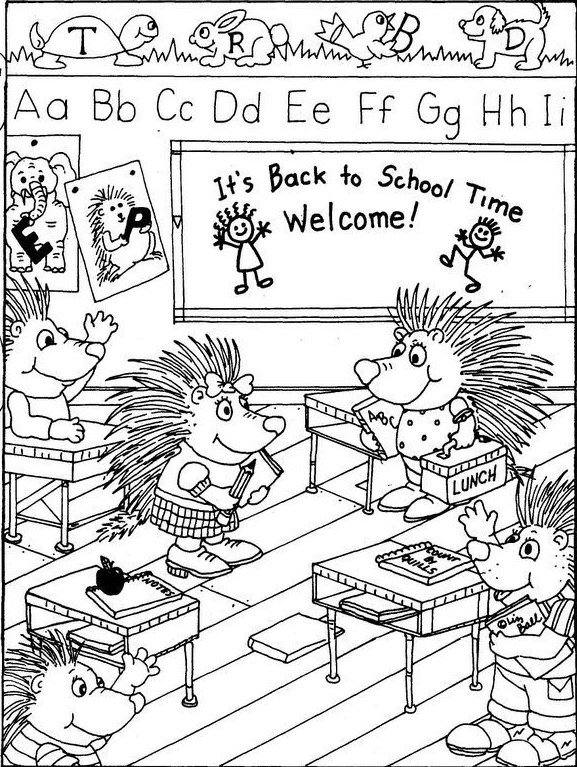
The Classroom Scene: A Whimsical Welcome Back
The image captures the warmth of returning to school. The porcupine students are animated and ready, each one holding books, raising hands, or carrying supplies. The teacher’s welcome message sets the tone, while alphabet letters decorate the wall across the top of the room. Details like lunch boxes, apples, and notebooks remind us of the little things that make classrooms feel familiar. It’s colorful in spirit—even though it’s in black and white—because the scene brims with energy and joy.
But the true magic lies in the details. Every desk, every poster, and every corner could hide an object or symbol. That’s what makes this puzzle so engaging—it’s more than just a picture; it’s an interactive experience.

Why Hidden Object Puzzles Make Learning Fun
Hidden object puzzles aren’t just for play—they’re incredible tools for learning and development. This school-themed puzzle cleverly ties together fun and education, keeping kids entertained while sharpening their skills.
- They boost focus and concentration: Children learn to notice tiny details, just like paying attention in class.
- They improve memory: Remembering what’s been spotted versus what’s still missing trains the brain to hold onto visual information.
- They strengthen problem-solving skills: Finding hidden items often requires creativity and strategy, just like solving math problems or reading comprehension questions.
- They make learning joyful: When education feels like a game, kids are more likely to stay engaged and motivated.
It’s like sneaking veggies into a favorite meal—kids don’t even realize they’re learning because they’re too busy having fun.

What to Look for in This Back-to-School Puzzle
The classroom is full of little surprises. Here’s where your eyes should wander as you explore the details:
- The Desks: Each student’s desk holds something different—a book, an apple, or even a lunchbox. Some items might not belong in a classroom, which makes them perfect hidden objects.
- The Blackboard: Messages and drawings often hold playful secrets. That smiling stick figure might be a clue to something more.
- The Alphabet Border: Letters across the wall are decorated with animals. Do the animals match their letters? Or is there something out of place?
- The Posters on the Wall: Classroom posters are notorious for hiding quirky details. Look closely at the animals in the drawings.
- The Floor and Corners: Sometimes, the smallest surprises are tucked away where you least expect them—beneath a desk, behind a leg, or in a dropped book.
Every part of the room tells a story, and the thrill comes from connecting the dots.
Tips for Finding Hidden Objects Faster
If you want to become a puzzle pro, here are some easy strategies:
- Start at the edges. Artists often hide objects along the borders because people naturally look at the center first.
- Look for odd shapes. Anything that feels slightly “off” compared to the rest of the drawing might be a hidden surprise.
- Scan systematically. Go row by row, just like reading a book, so you don’t miss anything.
- Take breaks. If your eyes get tired, step away. Often, when you return, the objects pop out instantly.
Think of it like doing a treasure hunt—the more patient and careful you are, the more rewarding the discoveries.

Why Kids and Adults Both Enjoy These Puzzles
The appeal of this puzzle goes beyond children—it’s equally engaging for adults.
- For kids: It’s a way to mix play with learning, making school-themed activities less intimidating. They also love the sense of accomplishment that comes with spotting every object.
- For adults: It offers a calming, nostalgic break. It’s also a wonderful tool for bonding with children—parents and kids can work together, turning puzzle-solving into family time.
In many ways, this puzzle feels like a classroom for all ages—teaching lessons in observation, patience, and collaboration.
The Connection Between School and Puzzles
Going back to school is a lot like solving a hidden object puzzle. At first, everything feels overwhelming—new books, new faces, new routines. But as you take things step by step, you start to notice the details, make connections, and find joy in small victories. Both require focus, effort, and curiosity. And both reward you with growth, knowledge, and satisfaction.
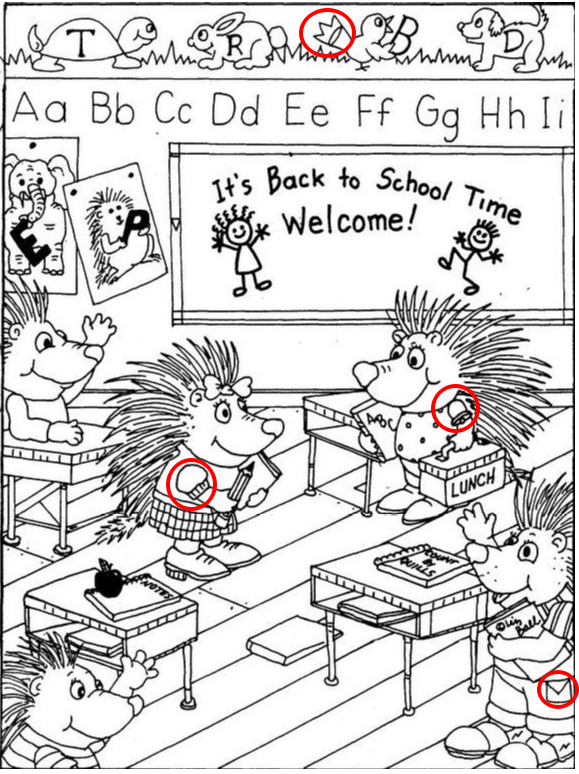
Conclusion: Finding Joy in the Little Details
This back-to-school puzzle is more than just an illustration of porcupine students and their desks. It’s a celebration of learning, curiosity, and fun. Each hidden object is like a lesson waiting to be discovered, reminding us that the magic of school lies not just in books and tests, but in the details we often overlook.
So, grab a closer look at this classroom scene. Search, discover, and enjoy the process. Just like in school, the real reward isn’t just in the answers—it’s in the adventure of learning along the way.
